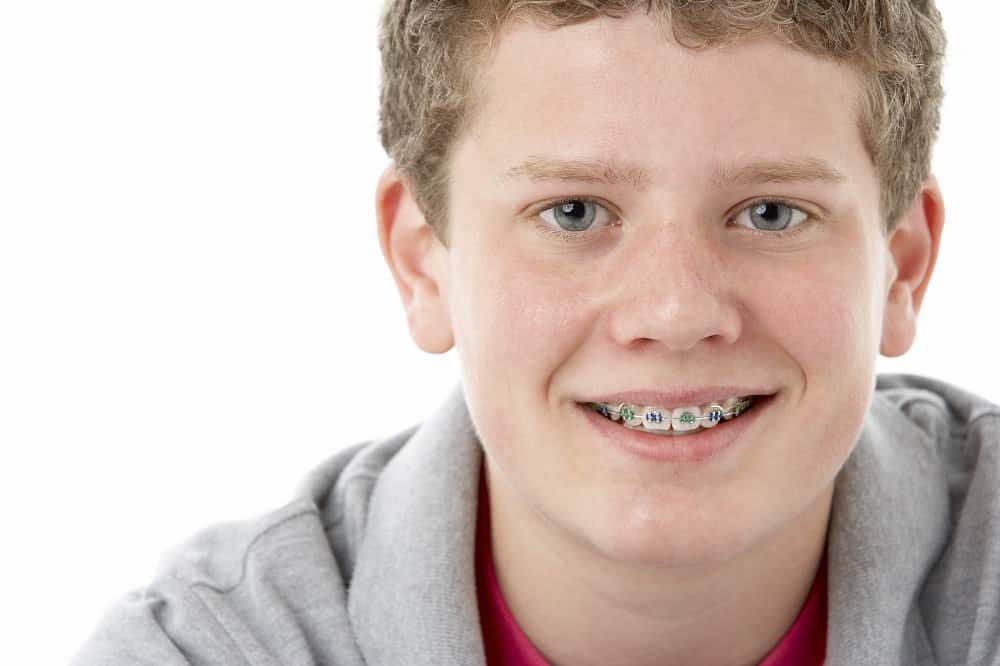If you are excited with the hope of having a healthy mouth and a beautiful smile but wondering what the process of getting braces involves, then read on to know how braces work from start to finish.
1. Orthodontic Consultation
Here you will meet Dr. Rick Herrmann who will determine the issues that need to be addressed. These problems can be an overbite, jaw misalignment, teeth that are too crowded, underbite, or teeth that have a lot of spaces in between. Dr. Herrmann will also ask questions about what your ultimate smile goal is and the discomforts that you have.
2. Record Photos and X-Rays
These are usually done in the consultation stage. Panoramic X-rays are taken together with record photos of the teeth from different angles to examine each case and decide a recommended treatment plan. If it is decided that someone has an affected tooth, 3D digital X-rays may be taken. Digital X-rays require ninety percent less exposure to radiation, and they produce very detailed and clear images, unlike the traditional X-rays which use film processing.
Dr. Herrmann will then decide the best type of braces for you. Examples of braces options include ceramic or clear braces, and Invisalign, which use clear and removable aligners to allow movement of teeth.
3. Fitting and Application
Sets of braces vary depending on the type of mouth. The digital photos and X-rays enable Dr. Herrmann to customize braces specifically for you. If the doctor chooses ceramic braces as your treatment option, the teeth will be applied an adhesive to attach the brackets to the teeth. Your tailor-made brackets and wires will then be fixed.
4. Living with Braces
The type of braces fitted does not matter because they all work the same, applying mild pressure on the teeth to help move them into place. The braces will need adjustment as the teeth begin to move. You should visit the our practice occasionally to ensure the braces adjust to the change. The modifications may sometimes cause a small discomfort for a while, which is normal. You can make these appointments after a few weeks or on a monthly basis depending on your needs.
5. After You Are Done
A day will come when you will not need your braces or when they will be removed. At this time, Dr. Herrmann will provide you with a retainer, a removable device that supports teeth in the new position. You should wear the retainer for a while after the treatment, mostly at night when you go to sleep. You will still need to visit your orthodontist two or three times during the first year after your braces are removed to monitor the progress.
